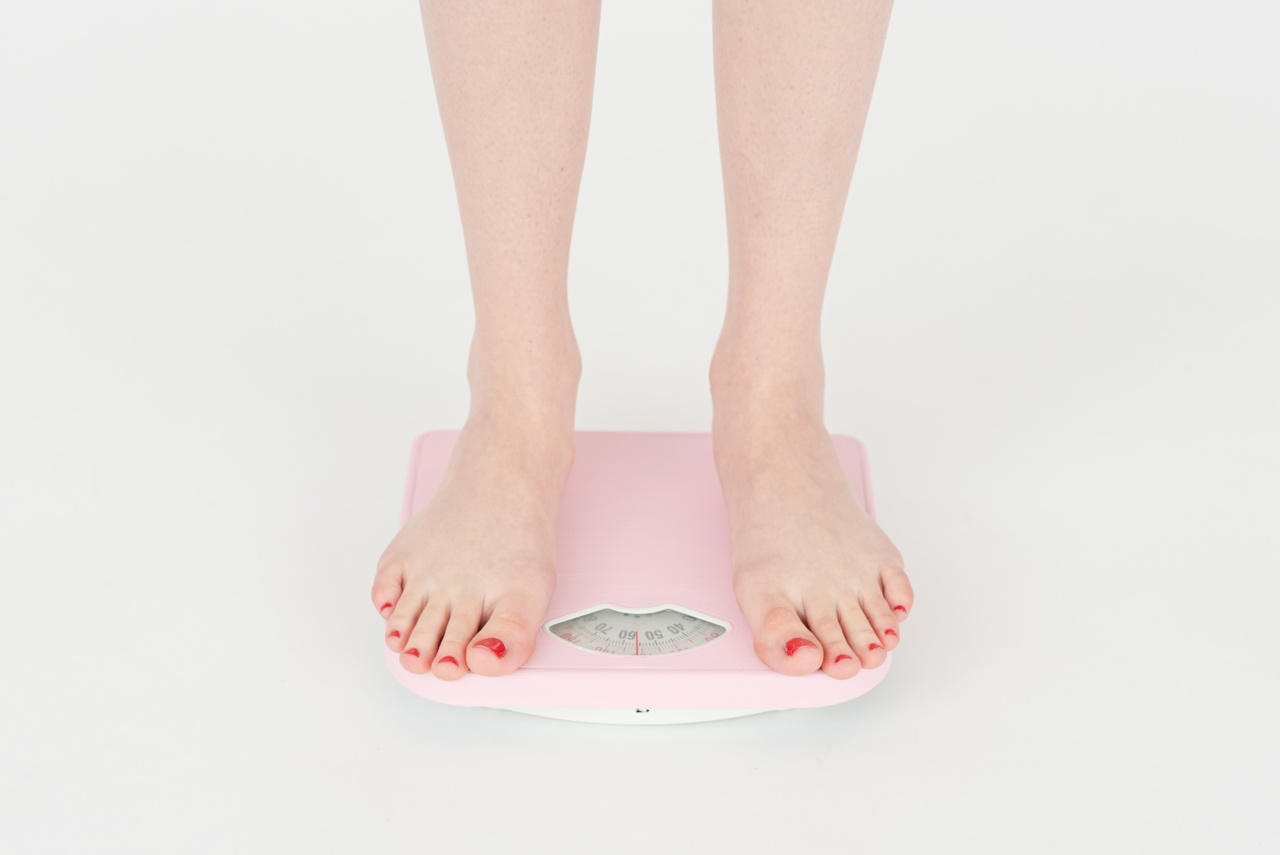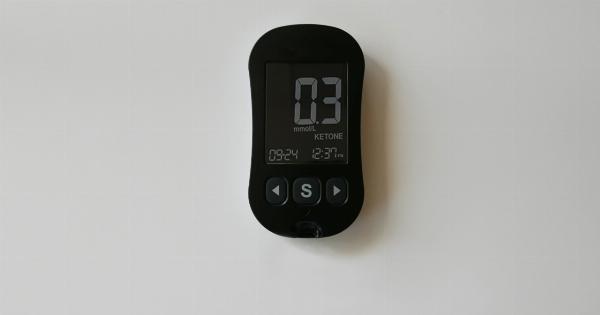High blood pressure, or hypertension, is a common health problem affecting millions of people worldwide. It is a serious condition that can lead to stroke, heart attack, heart failure, and other health problems if left uncontrolled.
While there are medications and lifestyle changes that can help manage high blood pressure, making some dietary changes can also play an important role in keeping it in check. Here are some diet changes to help you beat high blood pressure:.
1. Cut Back on Sodium
Sodium is a mineral that is essential for our health, but too much of it can wreak havoc on our blood pressure.
The recommended daily intake of sodium by the American Heart Association is less than 2,300 milligrams per day, but for those with high blood pressure, the limit is even lower at 1,500 milligrams per day. To reduce your sodium intake:.
- Avoid processed foods as they are known to contain a high amount of sodium.
- Choose fresh vegetables and fruits as they are naturally low in sodium.
- Use herbs and spices to flavor your food instead of salt.
- Read food labels to determine the amount of sodium in packaged foods.
2. Increase Potassium Intake
Potassium is a mineral that can help counteract the effects of sodium and lower blood pressure. In fact, the Dietary Guidelines for Americans recommend consuming at least 4,700 milligrams of potassium per day. To add more potassium to your diet:.
- Eat foods that are rich in potassium such as bananas, avocados, sweet potatoes, spinach, and salmon.
- Incorporate more legumes, nuts, and seeds into your diet for an extra boost of potassium.
- Replace table salt with a potassium chloride salt substitute.
3. Choose Whole Grains
Whole grains are a great source of fiber, which can help lower blood pressure by reducing cholesterol levels. Some examples of whole grains include brown rice, quinoa, and whole wheat bread. To incorporate more whole grains into your diet:.
- Choose whole grain bread, pasta, and rice over their refined counterparts.
- Look for foods that contain the Whole Grain Stamp to ensure you are getting the full health benefits of whole grains.
- Experiment with whole grain recipes such as quinoa salads and brown rice stir-fries.
4. Embrace the Mediterranean Diet
The Mediterranean Diet has been shown to have numerous health benefits, including reducing the risk of heart disease and stroke. It is rich in healthy fats, whole grains, fruits, and vegetables, and low in red meat and saturated fats.
To follow the Mediterranean Diet:.
- Eat plenty of fruits, vegetables, nuts, and legumes.
- Choose healthy fats such as olive oil and avocado over saturated and trans fats.
- Limit your intake of red meat and processed foods.
- Drink red wine in moderation.
5. Reduce Your Intake of Sugary Drinks
Sugary drinks such as soda, energy drinks, and sports drinks have been linked to high blood pressure. Drinking too much of these beverages can cause weight gain and increase the risk of diabetes and heart disease. To reduce your intake of sugary drinks:.
- Drink plenty of water throughout the day.
- Choose unsweetened teas and fruit juices.
- Limit your intake of soda and other sugary drinks to special occasions.
- Make your own flavored water by adding fresh fruit and herbs to your water bottle.
6. Monitor Your Alcohol Intake
While moderate alcohol consumption has been shown to have some health benefits, drinking too much can lead to high blood pressure. To monitor your alcohol intake:.
- Stick to the recommended guidelines of no more than one drink per day for women and two drinks per day for men.
- Avoid binge drinking or consuming more than the recommended daily limit on a regular basis.
- Choose lower alcohol content drinks such as beer or wine over hard liquor.
7. Incorporate More Low-Fat Dairy Products
Dairy products are a great source of calcium, which is important for maintaining healthy bones and blood pressure levels. However, dairy products can also be high in saturated fat, which can contribute to high blood pressure and heart disease.
To incorporate more low-fat dairy into your diet:.
- Choose skim or low-fat dairy products such as milk, cheese, and yogurt.
- Avoid dairy products that are high in saturated fat such as cream, butter, and full-fat cheese.
- Experiment with non-dairy sources of calcium such as tofu and kale.
8. Eat Lean Protein
Lean protein sources such as chicken, fish, and legumes can play an important role in a healthy diet and help lower blood pressure. To incorporate more lean protein into your diet:.
- Eat fish at least twice a week, especially fatty fish such as salmon and mackerel.
- Choose skinless chicken or lean cuts of beef such as sirloin or round steak.
- Experiment with plant-based protein sources such as lentils and chickpeas.
9. Snack Smart
Healthy snacking can help curb hunger and prevent overeating at mealtime, which can lead to weight gain and high blood pressure. To snack smart:.
- Choose snacks that are low in sodium and sugar such as fresh fruit, vegetables, and nuts.
- Avoid processed snacks such as chips and crackers.
- Make your own healthy snacks such as roasted chickpeas or homemade trail mix.
10. Keep a Food Journal
Keeping a food journal can help you track what you eat and identify areas where you need to make changes. To keep a food journal:.
- Write down what you eat and drink throughout the day.
- Note the time of day and your mood when eating.
- Identify areas where you need to make changes, such as cutting back on sodium or reducing your intake of sugary drinks.
By making these diet changes, you can help manage your high blood pressure and reduce the risk of serious health problems.
Consult with your doctor or a registered dietitian for personalized advice on how to make these changes a part of your daily routine.





























